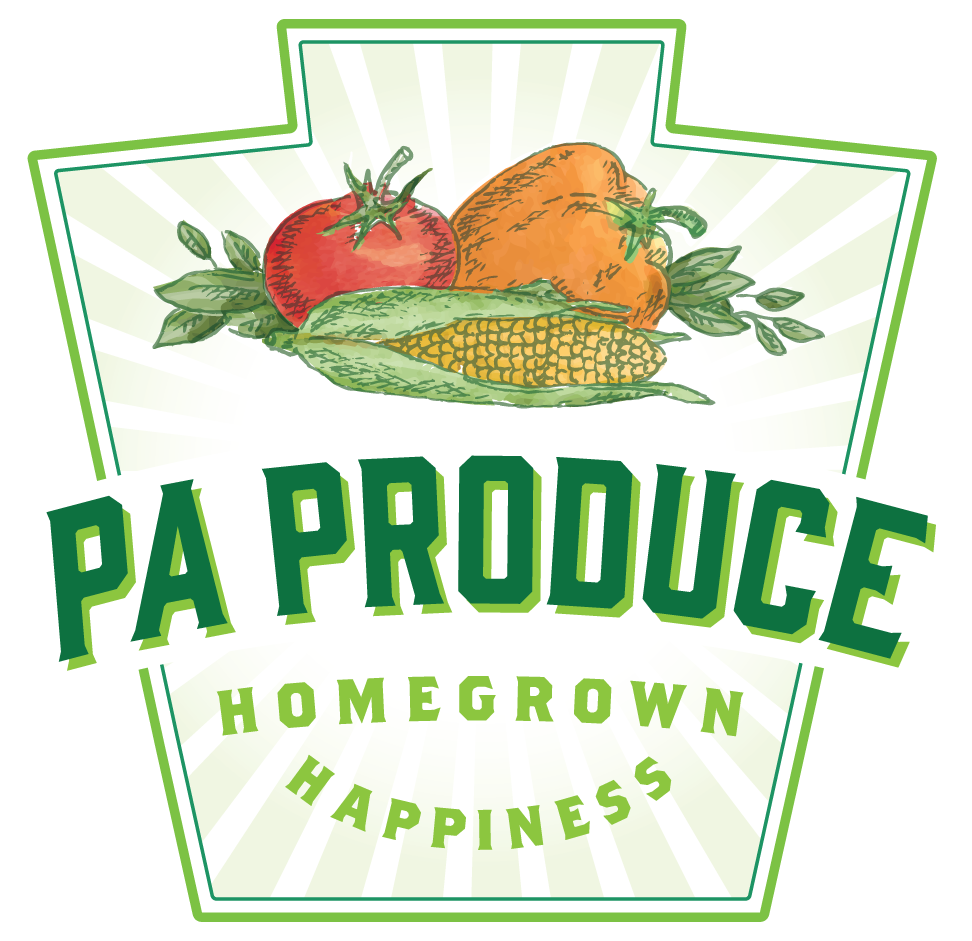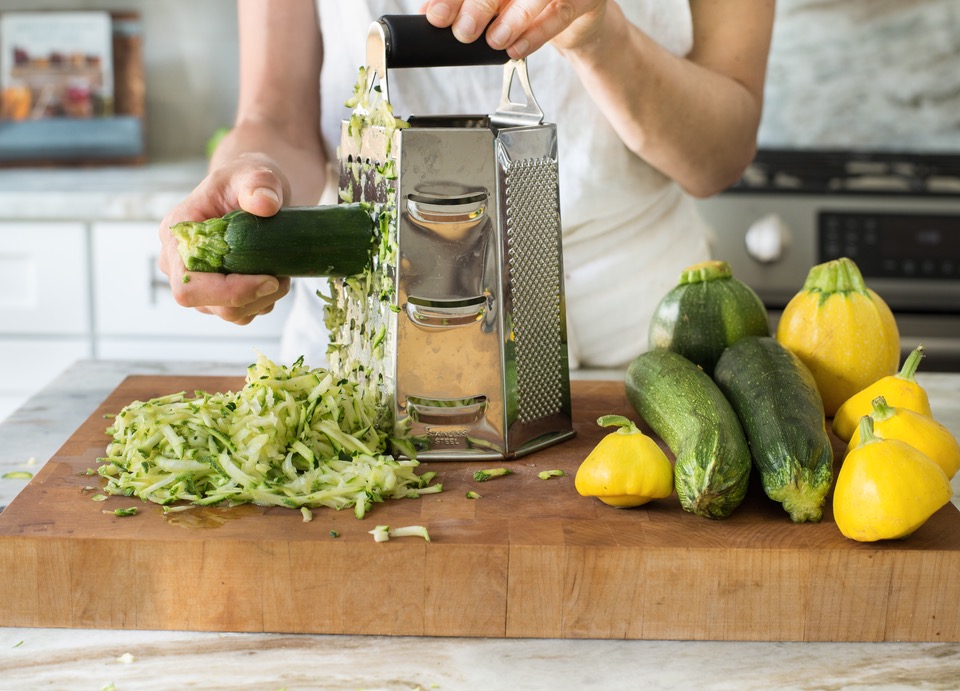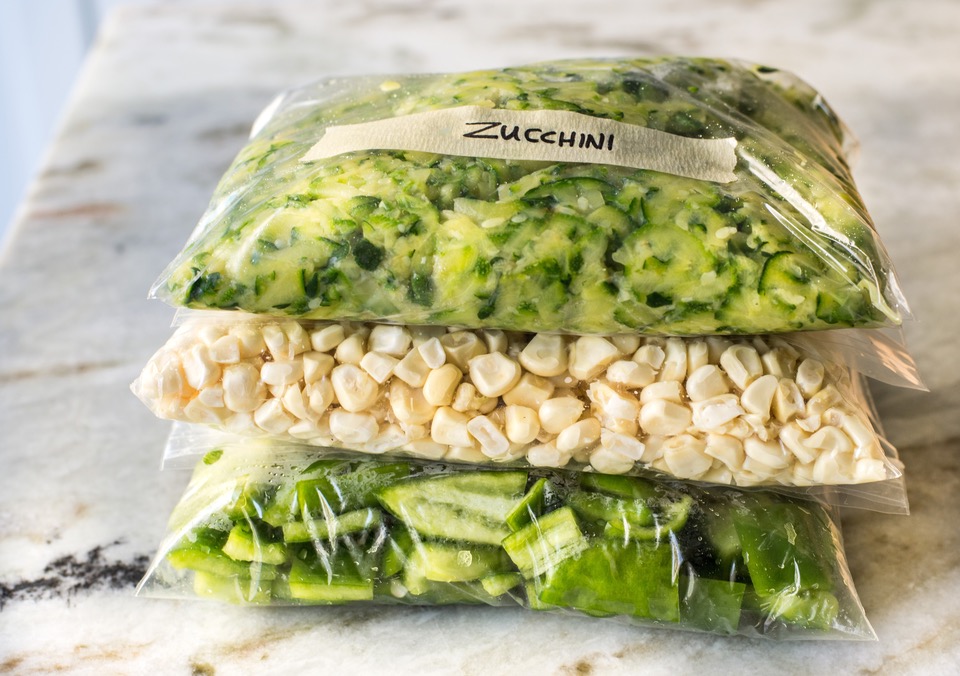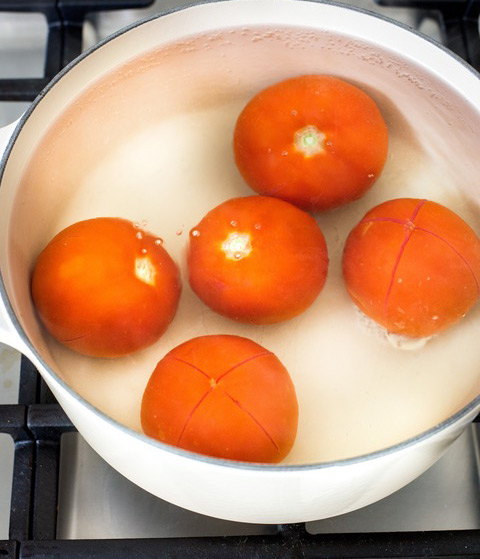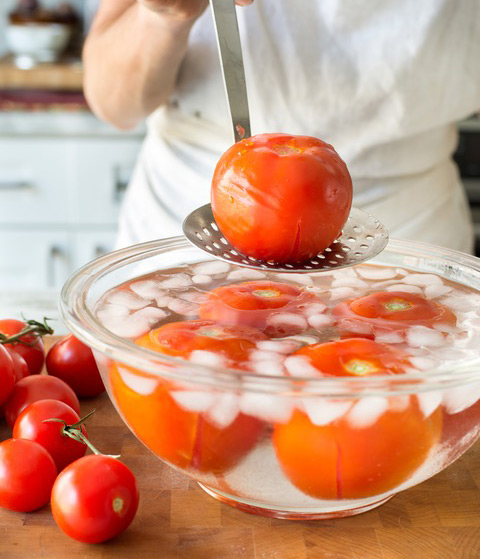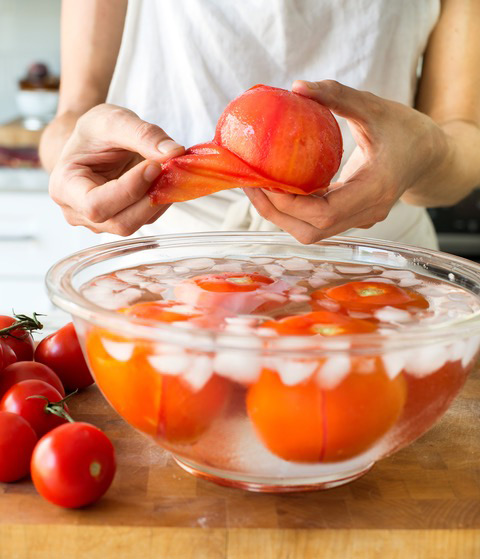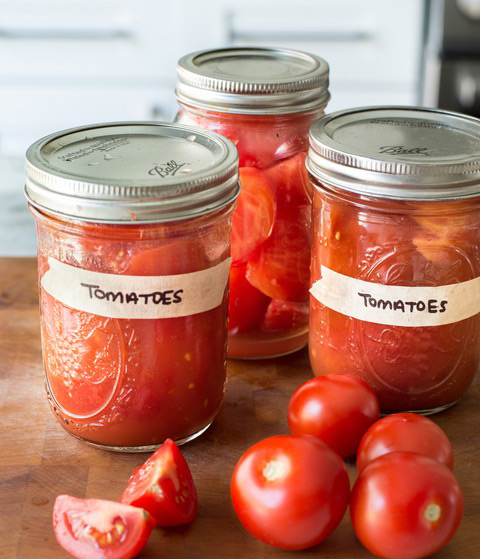At times, the golden rays of the summer sun feel like they’re going to last forever. Despite our dreams of endless summer, long days begin to shorten and nights grow cooler with the whispers of autumn. This is high time to stockpile Pennsylvania produce and preserve the bounty of the harvest!

Canning, pickling and other storage techniques connect us with historic culinary roots that go back generations. Whether it’s Grandma’s recipe for that deep red tomato sauce or the PA Dutch favorite pickled watermelon rinds, preserving summer produce helps you capture nutrition, great flavors and the fleeting taste of summer.
August, the height of summer, is PA Produce Month. Be sure to visit your local farmstand or growers’ market to stock up on amazing veggies! Right now there’s more variety than ever, which means more possibilities for preserving vegetables with unparalleled flavor. Your winter-self will thank you.
Freezing Beginner
This method is super-easy. All you need is extra freezer space and some freezer-safe containers!
- Ever wish you had pre-grated and portioned zucchini for when the urge to make Grandma’s zucchini bread hits? That’s what your freezer is for! Use a grater or food processor to cut a number of zukes and then pre-apportion into freezer bags according to your favorite recipe. This method is also great for pureed soups.
- Corn is something many people buy frozen. Why not freeze your own? It’ll be tastier, fresher and even more delicious!
- If you’re not ready for canning, try freezing your favorite tomato sauces. The result is impressive, and while purists may cluck their tongues, it’s still a great way to have fabulous homemade tomato sauce in winter. This is also the best option for preserving great sauce recipes that aren’t acidic enough for canning.
- Hot peppers are perfect in winter chilis, stews and more, and freezing is a great way to get as close to fresh local peppers in the winter as you can. Their flavor is preserved beautifully.
- Hard-skinned squash like butternut and acorn freeze very well as purees. Rinse and pierce the skin of a whole squash (or more than one). Bake at 425 degrees in a roasting pan in the oven for about an hour until tender. Let cool and separate the flesh from the skin and seeds. Behold, puree! Pre-portion and freeze for your favorite recipes. Tip: roast at night and refrigerate; then separate and freeze the next day once the skins shrink away from the flesh.
- Vegetable stocks are easy to make and are best done when you have some time to hang out. Once they’re made and cooled, freeze them for later. Some clever folks use ice cube trays to freeze their stock and then keep cubes in a large container for easy dosing.
- Freeze cantaloupe or watermelon for summery fresh winter smoothies. Any moment you feel the need for a refreshing frappe, your freezer won’t let you down. Check out the how-to here.
Dehydration Beginner
You can use your oven at the lowest setting, but a good dehydrator does a much better job. So yes, special equipment is needed, but other than that, this is one of the easiest methods of preservation.
- Sun-dried tomatoes are a tasty way to preserve the harvest and the perfect use for ugly paste tomatoes that may have some bumps or bruises. It can be hard to sun-dry in the humid Mid-Atlantic, but dehydrating is the perfect solution.
- Vegetarian jerky? That’s right! While this is different than the classic top round variety, it’s every bit as chewy, flavorful and satisfying. Check out these easy eggplant and watermelon recipes. Making jerky is more involved than drying tomatoes and other produce, but your tastebuds will thank you.
Pickling Beginner-Expert
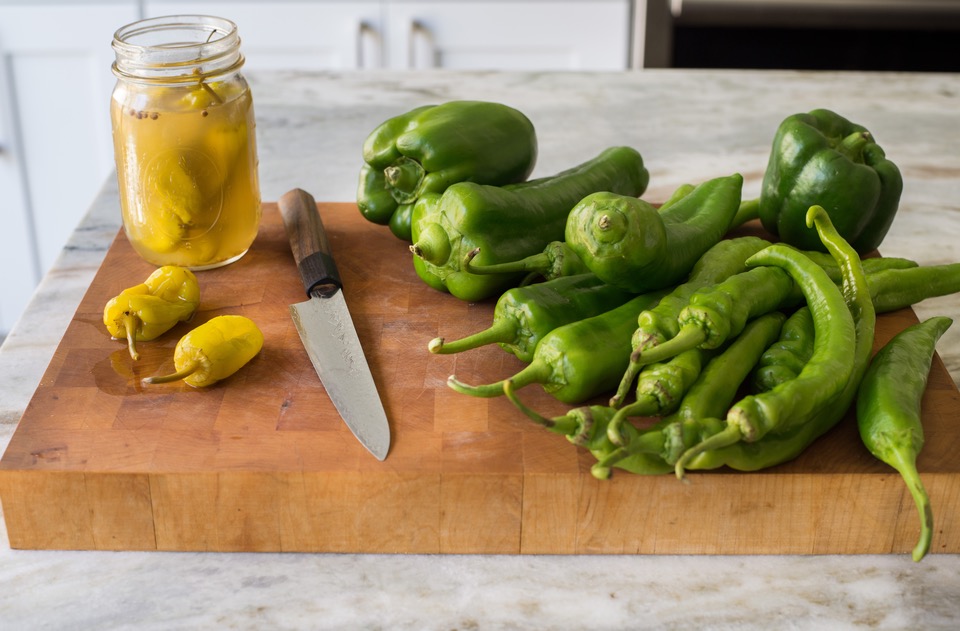
Pickling, a type of preservation that uses a brine, is one of the oldest ways to preserve food, with roots in almost every culture. From kimchi to sauerkraut, pickling helps keep food on the table.
- Fridge pickles are a great way to ease into pickling, with all of the flavor and less of the fuss. No special tools or skills are necessary. Essentially a marinated fresh vegetable meant to be consumed fairly quickly, fridge pickles are not for shelf storage.
- Those who want to go whole hog should consider making brined pickles. These beauties have the classic flavor and texture we’ve come to expect on burgers and next to sandwiches. Think outside the cucumber: brined pickling can gussy up peppers, onions and a slew of other local veggies.
- PA Dutch Chow Chow is a Pennsylvania tradition. We’ve all seen ugly veggie varieties and vegetable seconds with bruises and cracks. This is the recipe to use them in! Chow Chow is a full-on project that is well worth the extra effort.
- PA Dutch watermelon rinds are a regional favorite and a wonderful way to use something unexpected in the kitchen. Try them with fried chicken for a true treat.
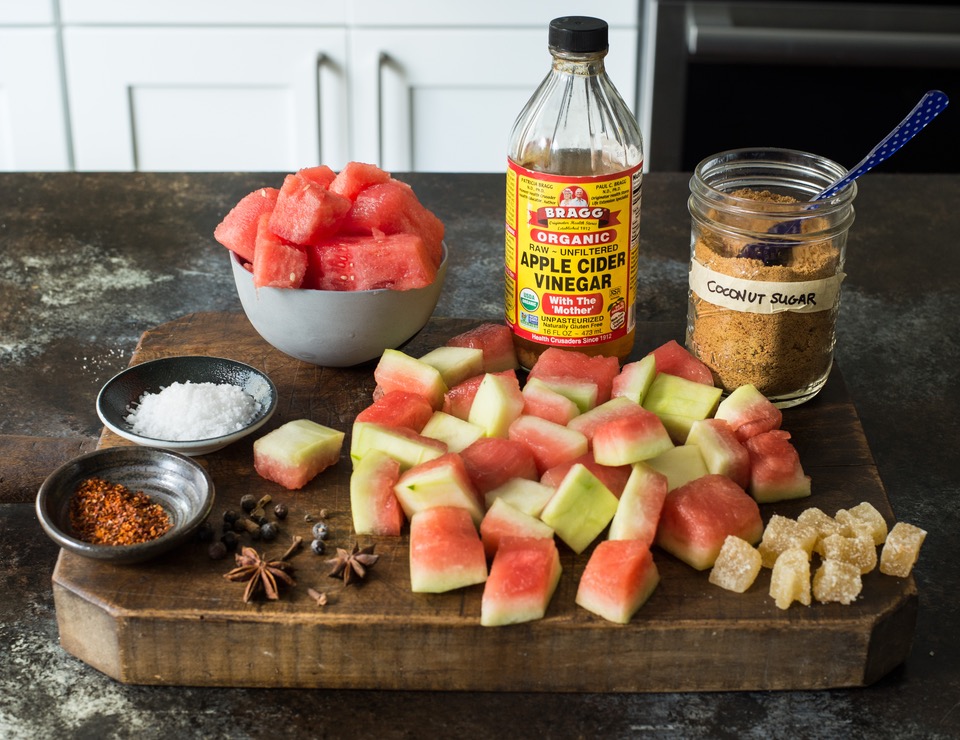
Preserving Expert
Preserving, a special preparation that usually brings berries and other fruits to mind, creates canned spreads that are sweetened and sometimes thickened with pectin. Jam and jelly fall under this umbrella. Expand your horizons with savory preserves that make the most of great local veggies and ugly varieties!
- Pepper jam or jelly makes a great addition to a cheese plate and can be a wonderful glaze for ham and other meats.
- Onion jam has gained popularity the last few years in high-end kitchens and pairs especially well with bacon. Slather some on your next BLT or burger.
- Tomato jam? You won’t believe your tastebuds, and then you’ll go back for seconds. This recipe is great with rosemary bread or fresh mozzarella.

Canning Advanced-Expert
Like its cousins preserving and pickling, canning takes some time and effort. Unlike pickling, there’s no salty or vinegary brines to tend with, and unlike preserving, this method won’t yield a sweet spread. Instead, canning is all about preserving the original nature of the produce or food. With their simple, close-to-fresh flavor, canned corn and canned tomatoes are the perfect examples. The energy spent is well worth the pride of seeing your shelf stocked with golden corn and ruby red tomatoes throughout the fall and winter!
- We all remember canned corn from childhood. It’s an easy addition to chowders and makes a great side dish to a filling dinner. Home-canned corn will wow you with its amazing flavor. Try this recipe for something simple and truly special.
- Canned tomatoes not only shine like cheery red gems in your cupboard but are also a great base for numerous dishes that need unadorned fresh tomato flavor. This recipe covers all the basics. Here are some quick tips:
- Carve out the time. It’s called “processing” for a reason.
- Grab the gear. Make sure you have everything you need and that it’s cleaned or sanitized (as necessary) ahead of time.
- Invite some friends. Make it fun and get some free help in the kitchen. Guests can take home a few jars as a reward for their assistance.
- Tomato sauce, salsa and chutney burst with fresh flavor and make the best of ugly tomato varieties. Here are some tips:
- Buy in bulk at the height of the season. This is almost always the most economical way to go. Talk to your local produce stand or farmer to see what you can work out.
- Know that tomato pulp will get on everything while you’re in the process and just be okay with it. The end result is worth the cleanup!
- Invest in an easy way to pulp and skin tomatoes (a food mill or tomato press).
- Eggplant in oil can be made with Italian-infused flavorings or Middle Eastern spices. This recipe is a great way to get started.
Bonus: Tips on Canning and Preserving
Check out these three top tips from canning authority and Pennsylvania produce enthusiast Marisa McClellan of Food in Jars:
- Forget what you’ve heard about canning being dangerous. As long as you’re following tested recipes from reliable sources, there is no risk. You can make, eat and share your homemade preserves without worry.
- Don’t fear the boiling water bath. It’s not nearly as hard as you may think (if you can make pasta, you can can). All you need is a big pot, a round cake cooling rack and a little patience. Fill clean jars with hot product, wipe the rims, apply new lids and rings and lower them into the water. Most recipes have you process for at least 10 minutes at a rolling boil, after which the jars are sterile and should seal up within moments of being removed from the canner.
- If a jar doesn’t seal, don’t freak out. Just put it in the fridge and eat it within a week or two.
Written by Nathan Greenwood
Photos by Linda Schneider
August is PA Produce Month. #PAVeggies
